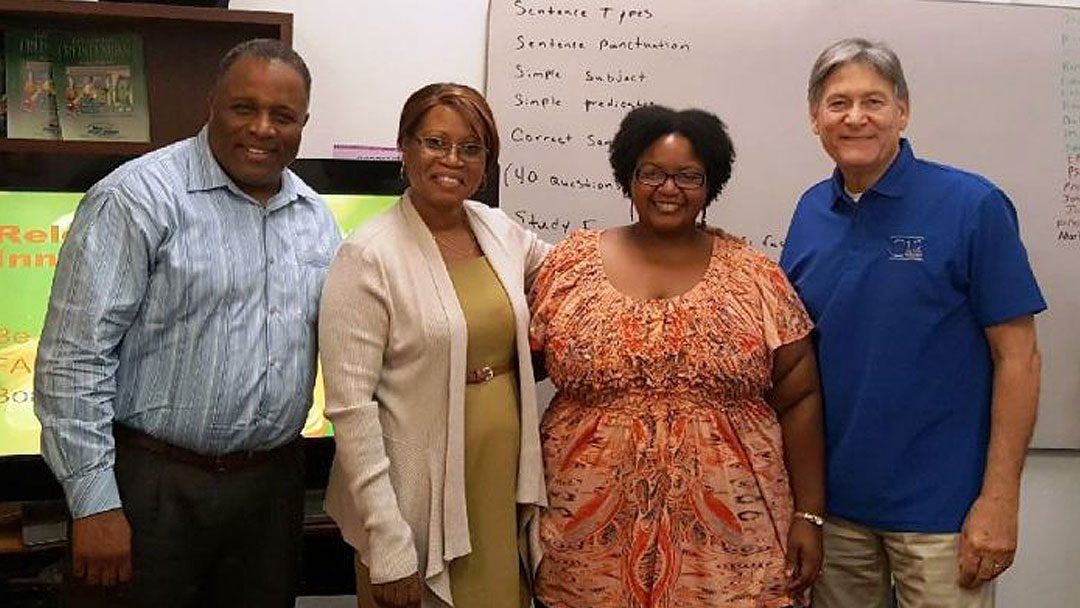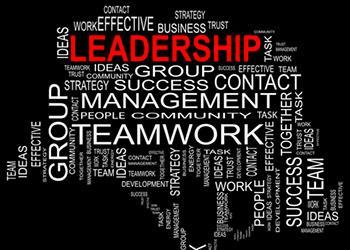Creating an Engaged Board

How often have you heard non-profit staff members or leadership complain that their board members don’t really understand the organization or aren’t as engaged as they should or could be? Or maybe you’ve even thought this yourself? It’s a common complaint expressed by both non-profit staff and board members.
But why? And how do you get board members more involved in your organization?
All non-profit boards have a primary role in the governance of organizations. They are responsible for policy-making and fiduciary oversight of the organization, as well as supervision of the Executive Director/CEO. And while this is a known responsibility of board membership, it is not the thing that gets most people excited about joining a non-profit board.
People join non-profit boards because they care about the mission of the organization. They are more likely to remain engaged as board members if they know they are making an impact related to the mission. The first step is determining what an engaged board looks like for your organization. The answer will vary depending on the size of your non-profit and the role you need your board to fill.
As the previous executive director of a small non-profit organization, I utilized my board of directors to build the capacity of my organization by adding roles I didn’t have as staff positions. The organization had six staff members including me – so no HR, marketing, full-time accounting, or other specialized departments. My board included a lawyer, a school administrator (who had great HR experience), a CFO, and a marketing executive. When questions or issues arose and I needed help in one of these areas, I reached out to the board member with expertise in that specific arena. My board members knew that I relied on each of them for their specific knowledge to help the organization.
In larger organizations, this type of board knowledge may not be necessary. Yet board members should still be recruited for what they bring to your organization. What specific skills do potential members bring to your organization – personally or professionally? Can you utilize those skills on board committees? Will those skills help the CEO/Executive Director make needed connections for fundraising or advocacy?
To create an engaged board, we recommend six steps:
- Set clear expectations for board engagement and share them with prospective board members during the recruitment process. Your board policies should list expectations for governance and non-governance responsibilities clearly so that prospective board members know what they are signing up for. Non-governance responsibilities may include fundraising, committee service, volunteering within your organization, advocacy (if that is part of your mission), making personal contributions, or other responsibilities specific to the needs of your organization.
- Have a consistent board onboarding process that orients new board members to the current status of the organization, connects them to board committees, and establishes relationships with board and staff members. Assigning “board buddies” to serve as mentors on large boards can be a great way to help new board members navigate the first few meetings and catch up on items that are unclear. It is helpful for the “board buddy” or a staff member to review minutes from previous meetings with new board members prior to their first board meeting.
- Provide opportunities for board members to share about things they have done since the last meeting to impact the mission of the non-profit. This sharing opportunity sets the expectation of activity between board meetings, and helps ensure board members understand the mission of the organization and are confident when sharing it in the community.
- Regularly revisit your Strategic Plan. In our June blog post, we asked if your organization had a living Strategic Plan. Keep your Strategic Plan alive and your board engaged by revisiting the plan regularly at board meetings. This will keep your board up to date about progress on goals within your plan, allow them to reassess items if needed, and help the board maintain its long-term vision for the organization. You may choose to review one or two goals per board meeting as suggested in our previous blog, review the entire Strategic Plan at designated intervals, or have a visual “barometer” on your board agenda showing your progress toward meeting your strategic goals. There are many mechanisms for keeping the Strategic Plan active in the minds of board members; only you know which one will work the best for your organization.
- Provide opportunities for interaction between board members and your participants or services. Occasionally board members need to be reminded what the organization does each day. Arrange for board members to volunteer in your program, participate in a site visit with a funder, or attend a special event at your program site on a regular basis. These interactions remind board members that the mission is more than a bunch of words on a page. It is actions, people, services, and impact.
- Recognize their contributions. We all appreciate being thanked for our efforts, and this is true of board members as well. Take the time to recognize their contributions to your organization with profiles on your website, “about the board” or “from the board” sections in your newsletter, thanking them at fundraising events, and/or posts on social media. Board service can be a helpful career step, particularly for young professionals. When you take the time to acknowledge their work publicly, they are able to share those posts through their professional social media accounts. This has the dual benefit of spreading awareness about your organization and providing a professional hand up for young board members.
By creating an engaged board, you will create some of your most effective ambassadors for your organization. Your board members will fully understand your organization and be passionate about sharing the mission of the organization with their personal and professional networks.











